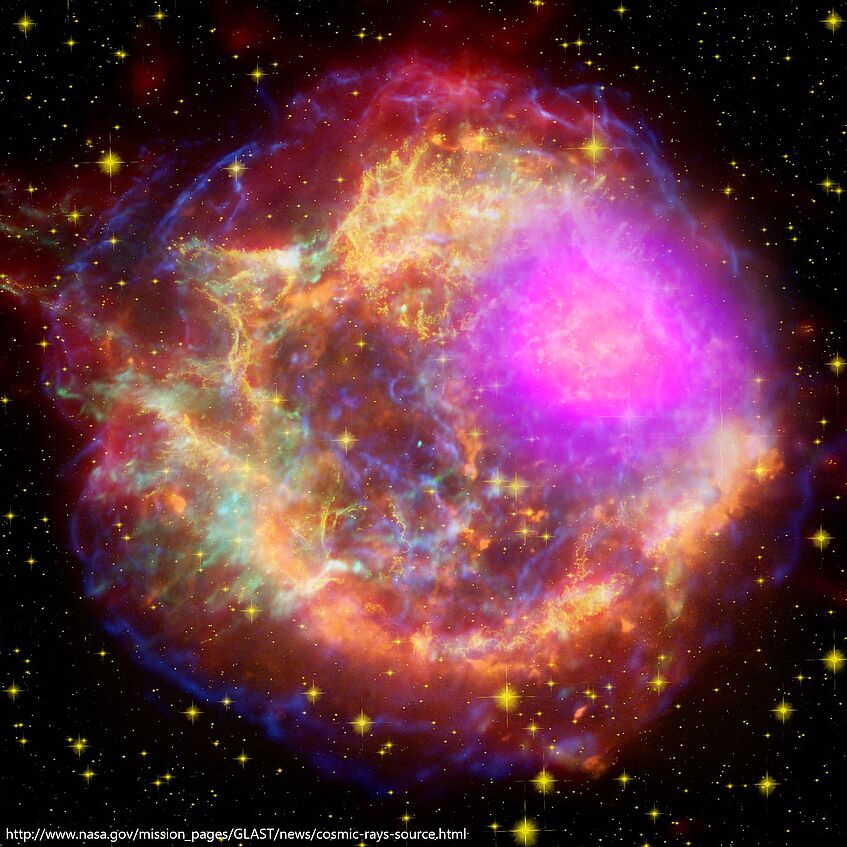Nuclear astrophysics
Nuclear astrophysics
- The physics of the formation of elements heavier than iron by subsequent neutron capture is considered well understood. However, the exact astrophysical sites of the most violent of these processes, the so-called r-process, still remain elusive. AMS has already shed some light on this puzzle by detecting minute amounts of material from recent nucleosynthesis in archives on Earth (ferromanganese crusts on the ocean floor or deep-sea sediments). Some long-lived radionuclides with half-lives of several million years are ideal markers for such explosive events as they have no other production pathway on Earth and any contribution from the time of Earth’s formation has long decayed. Thus, unambiguous signals from past Supernovae were detected from 60Fe, while the low abundance of 244Pu suggests that these heaviest elements are only formed in even more explosive neutron star mergers. VERA has actively contributed to these discoveries.
- Currently we focus on 182Hf (T1/2 = 8.9 Ma). Despite substantial efforts, it could not be measured at natural abundances with conventional AMS so far due to strong isobaric interference from stable 182W. We are working hard to make it accessible with the new ILIAMS-technique – and 53Mn is an interesting candidate as well.

